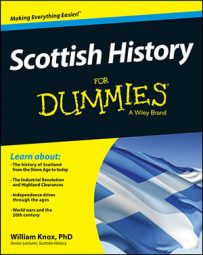When you think of Vikings, you probably picture longhaired warriors who raped and pillaged everywhere they went. Most Vikings, contrary to appearance, were farmers not warriors. Raiding was a seasonal thing, but the farm was a year-round concern. The farm was the property of the extended family, and it was the basis of Viking society. Children, parents, and grandparents all lived together.
If the farmer kept workers, servants, or slaves, they usually lived in the family house. The Viking diet was dictated by what was available locally from their farms, the sea, and the forests; meat and fish were the staples. The Vikings liked a drink, and their favourite tipple was ale or beer, although the better-off Vikings drank wine, which they picked up on their raiding expeditions.
Where you stood in terms of the social hierarchy was dictated by family membership. It was virtually impossible to transcend this. Basically, there were three classes in the Viking world: At the top were the Jarls, or noblemen, from whom the king was chosen; below them came the Karls, or freemen, whose ranks included farmers, craftsmen, landowners, and other freeborn people; and, finally, at the bottom, were the Thralls, or slaves, who were easily recognised because they wore slave collars around their necks and had short-cropped hair. As you can imagine, the Thralls did all the back-breaking jobs and ate the worst food.
In spite of being a hierarchical society, the Viking culture was also progressive in a number of ways:
Viking women had more rights than most women in the rest of Europe during this period. Wives had a right to share the wealth their husbands gained. Viking women could own land or other property. Viking law permitted married women to have a divorce anytime they wanted.
Viking society was more democratic than most other societies. Although the Thralls had no say, laws were made by the ‘Thing’, an assembly that met weekly at which all freemen could have a say in the governance of the land. The powers of the Thing allowed it to set taxes, decide who was king, and deal with arguments over marital affairs and property.
Today we think of the Vikings’ appearance as rather scruffy and hairy, but one of the attractions for native Scots women may have been the Vikings’ close attention to personal hygiene. An English chronicler of the 13th century complained that the Vikings were always combing their hair, taking baths, and changing their undergarments, which apparently gave them an unfair advantage when competing with the native male population for the affection of local maidens! They also bleached their beards to saffron-like yellow and maybe their hair, too. Indeed, grooming kits that included tweezers, ear scoops, and nail scrapers have been found in the graves of men and women in Viking sites.

